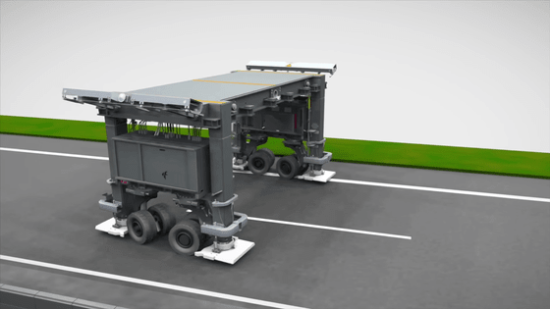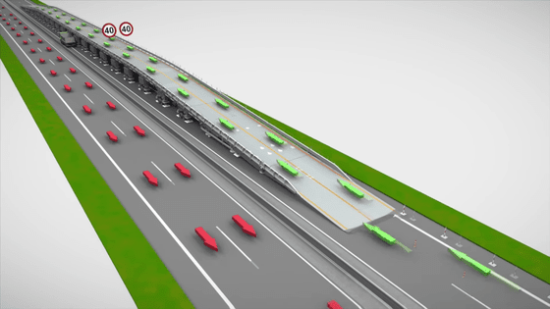On Monday of this week, my wife had a medical appointment in Toronto. The regional transit GO Train was not an option because I had several errands to run in the city while my wife sat and waited at her doctor’s office.
Toronto traffic at the best of times is not an experience for the faint of heart. Even though we were not coming into the city or leaving it during what has become extended rush hours, the trip both ways was agonizingly slow. Why? Volume of traffic and construction on a limited number of expressways going in and out of the city.
Toronto’s access along its southern edge skirts Lake Ontario. The Gardiner Expressway, a roadway that has seen better days, is currently undergoing a much-needed three-year upgrade. The highway isn’t closed but there are lane restrictions.
Mid-Toronto has Highway 401, one of the busiest stretches of road in the world. Avoiding the Gardiner and taking the 401 in our mid-morning ride into the city turned out to be a crawl for more than half the route. Going home we decided to do the Gardiner before the onset of the rush hour. It, too, was agonizingly slow through the downtown until we passed the construction zone.
That experience made me look for ways Toronto could use new technology to make commuting during major construction far more palatable for drivers. That’s when I came across the Astra Bridge. This Swiss-invented moving bridge allows for roadway maintenance without encumbering traffic. The bridge was used for the first time by the Swiss in 2022.
Traffic climbs and exits the bridge ramps which feature a 1.25% grade to allow semi-trailers and other trucks to easily make the ascent and descents. All vehicles can drive at 60 kilometres (about 40 miles) per hour while on it. This is a road on top of a road with the one below undergoing maintenance or repaving.
Work can be done during the day more safely for the construction teams without impeding traffic. The current Astra Bridge is 236 metres (almost 775 feet) long, stretches 5.1 metres (16.7 feet) in width (enough for two lanes of cars or trucks), and provides 3.1 metres (10.17 feet) of overhead clearance for moving heavy paving machinery beneath it.

It is modular with each segment (see the image above) a self-driving tire bridge-girder system. These can be transported to a road site, then driven into place to be daisy-chained together along with the on and off ramps. Once assembled, construction can begin while the work goes on beneath, and the traffic continues above, both uninterrupted. As sections of the road are completed, the Astra Bridge can be decoupled and moved along the roadway to be reassembled for construction to resume. Watch the YouTube video to see how the Swiss have been using it.
The Astra Bridge is fully reusable and a practical moving construction site. I can see the technology being deployed in Toronto, or any other large city dealing with roadway construction on high-traffic volume routes. An Astra Bridge would have made Monday’s trip into the city far more palatable.









